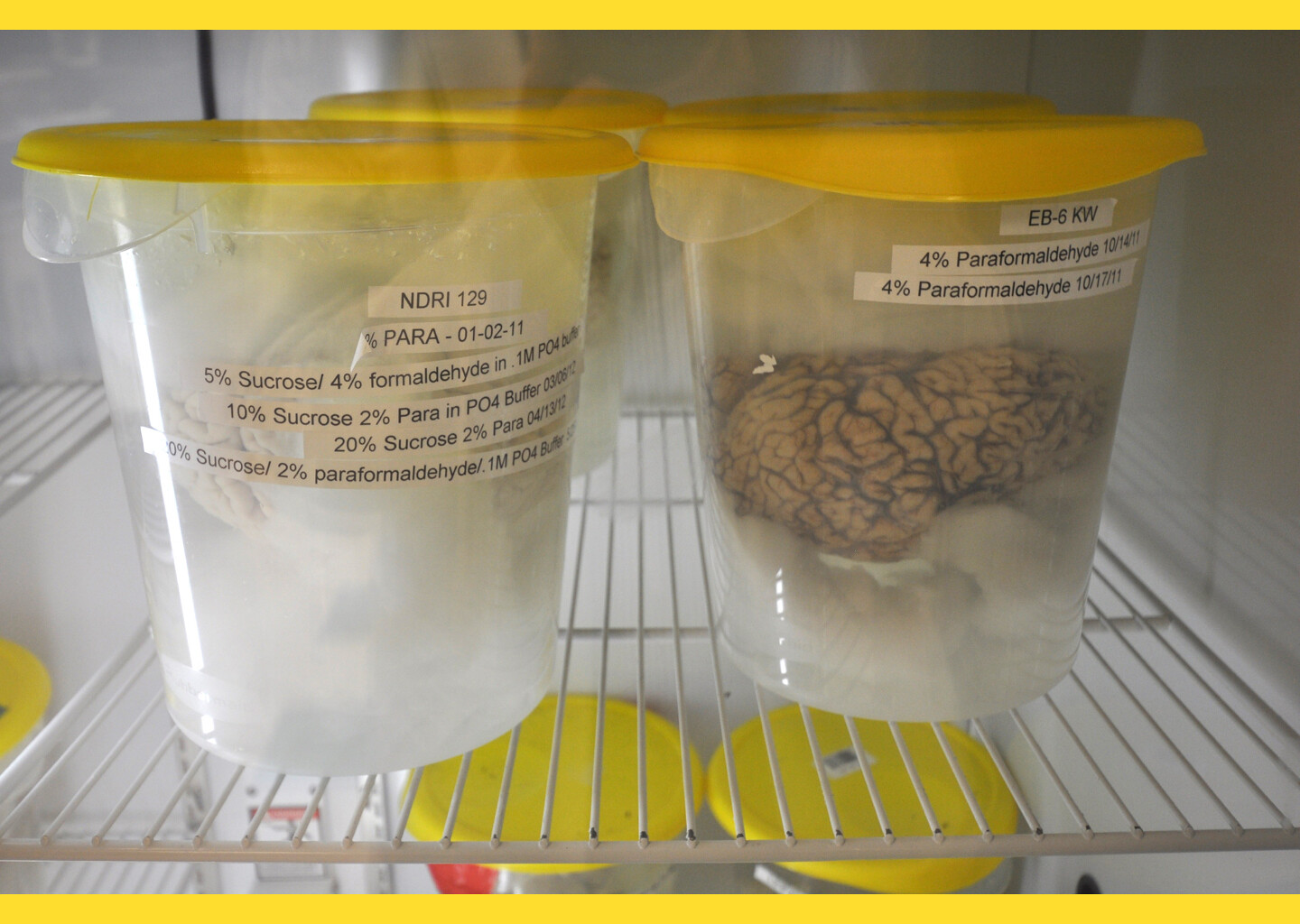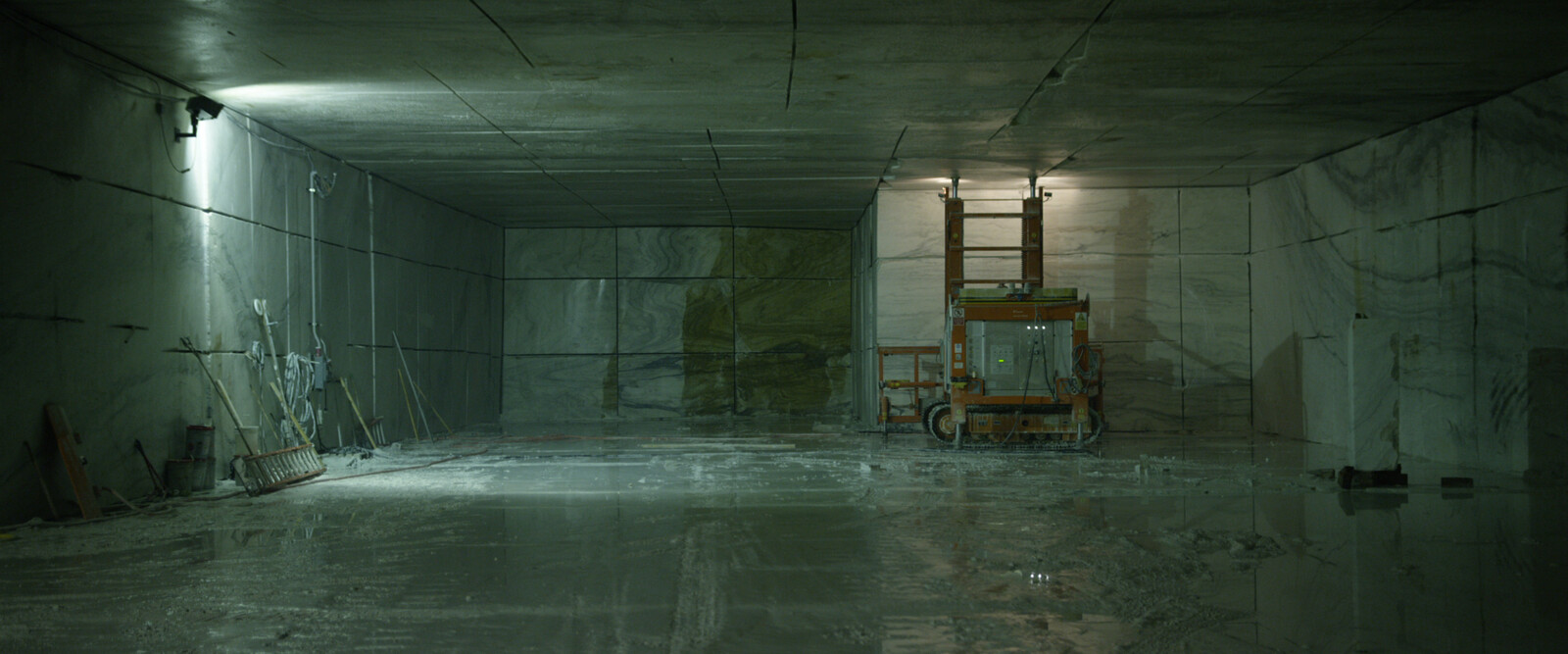With the emergence of information technology and cybernetics, it became possible to see humans and machines within the same information conveyance and feedback control system. This, in turn, made it possible to both humanize machines and machinize humans, while opening up a discussion of the “posthuman.” “Posthumanization,” an evolutionary process founded upon the advancement of science and technology, evokes both anticipation and apprehension. While humans might largely welcome the utility and convenience of weak artificial intelligence, such as IBM’s Watson or Google’s AlphaGo, there is fear that superior nonhuman beings, such as strong artificial intelligence and artificial super-intelligence, will come to dominate humans. Similarly, while the transhumanization or cyborgization that removes disabilities and enhances physical and mental capabilities might be welcomed, the machinization of desire and thought and its subjection to computers that turn everything into data through algorithmic language is largely met with alarm and dread.
This apprehension of “posthumanization” is especially pronounced when it comes to the question of labor and the concept of alienation that surrounds it. The idea that humans would become simplistic tools or even completely useless after being replaced by machines seems to have struck a nerve in public discourse. But do machines actually cause alienation from labor? Or could this existential anxiety emanate from the way we view our relationship to machines and labor more widely? If machines can indeed replace human labor, does this not mean that humans would be able to engage in activities other than labor? The transition from a human society to a posthuman society demands a transformation not only in the relationship between humans and machines, but also in an understanding of labor itself.
Alienation and Technology
In the late 1950s, Gilbert Simondon pointed out the limitations of Marx’s understanding of labor and worked to resolve the problem of alienation in a different way. As opposed to the ownership of the means of production and the opposition between labor and capital, by tracing the origin of alienation to the emergence of factories and the transition from handicraft to machination in the nineteenth century, Simondon focuses on the physio-psychological discontinuity between the human laborer and the technical object being worked with.1 While the asymmetrical construct of capital and labor is certainly a precondition for distorting the relationship between humans and machines, Simondon emphasized the fact that all humans—whether a worker or a capitalist—could no longer directly engage with technical objects. In other words, craftsman were not alienated when they were able to move tools with their own body and feel the accuracy of their motions. But when technical objects stopped extending human motion and became automated, humans lost this quality of relation. As machines increasingly became not tools in and of themselves but tool-movers, a position previously thought to be occupied by humans alone, humans were left to either organize or assist the operations of machines. Does this situation, which makes humans not a direct subject of labor but assistants to or managers of working machines, inevitably produce alienation? Or can we understand this discontinuity as the emergence of a new relationship, based not on alienation, but rather post-labor?
According to Simondon, what is necessary to overcome alienation is not to fight machines, but rather to abolish the paradigm of labor. “Labor” is a concept that was appropriate in a time when technical objects such as simple tools still needed human power, and in which humans as their movers played the role of technical individuals. Yet when technical objects evolved to become automated, humans had to engage in “technical activities,” which cannot be reduced to either labor or using machines, but includes creative activities such as inventing, repairing, and adjusting.2 Transitioning from a social paradigm of “labor” to one of “technical activity” requires a fundamental change in the way we understand life: from being oriented by substance to being oriented by relations. In this sense, it is necessary to eradicate hierarchical segmentation and social prejudices that work to cut communication and relationships between workers within technical activities. In other words, technical activities presume not only a symmetrical, synergistic relationship between humans and technical objects, but also a fair and collaborative relationship amongst humans themselves. Alienation will disappear only if machines are allowed to mediate between humans who work both above and below them and if it is possible to forge new significations and emotional sympathies across conventional orders of society.3
Capital-Technology and Critical Literacy
Bernard Stiegler criticizes Simondon’s view for overlooking the power relations between technology and capital. Unlike what Simondon expected—that with the emergence of information networks human society would evolve from labor-based communities to transindividual collectives based on inventive technical activities—Stiegler claims that digital networks have produced disindividuated agents of consumption and widespread “cognitive and mental alienation.” Modes of cultural production and consumption that utilize digital networks have industrialized “mnemotechnics” to produce a uniform and homogeneous society of consumers which serve the interests of the market more than their own. Like Deleuzian “dividuals” in the control society, the public can no longer makes a “we”—a group of unique individual “I’s”—but rather becomes an unspecified “one,” devoid of singularity. In other words, humans have become something between an “ant (covered with prosthetics)” and a “spider (eating itself in the midst of a network),” and society has become merely a multi-agent system akin to that of insects. According to Stiegler, in this hyper-industrial age, pre-individual human nature has become techno-industrial, with humanity’s symbolic, mental, and motor functions becoming externalized through, and in turn controlled by, technological prostheses.4 Motivation declines, instrumentalization is accelerated, and labor is depreciated. Symbolic misery has become universal, ignorant of social class. The proletariat has lost the knowledge and ability to control machines, and in turn has become a tool of them.5 Laborers are deprived not only of “savoir-faire,” but also “savoir-vivre.”
How, then, in an age when digital information networks act in collusion with consumer capitalism, do we overcome the poverty of the human mind and comprehensive proletarianization? Stiegler’s solution is to provide “attentional care” for the human mind and foster “critical literacy” towards the emergent technological environment. He claims that deprived spirits need to be revived, intergenerational disconnections restored, and short-term impulses converted into long circuits of desire. Furthermore, Stiegler states that we need to cultivate critical thinking so that we may resist a network culture that is controlled and homogenized by capitalist interests and build a new socio-technological network, one that incorporates fundamental human values such as spirit and desire. That said, Stiegler’s solution is limited in that it still presumes the opposition between technology and humanity around labor and thus does not deviate from the Enlightenment tradition based on anthropocentric humanism. Critical transformation of the preconditions for transindividuation, which are currently overdetermined by industrialized mnemotechnical media, and the rearticulation of the relationship between the “I” and the “we,” will only be effective when resting upon a posthumanism.6


Orlando Mini Maker Faire, May 2012. Photo: Mitch Altman (CC BY-SA 2.0).
Post-Labor and Technical Activity
Simondon thought that the problem of alienation is to be resolved by establishing a “technical culture” and a collaborative coexistence between humans and machines. Stiegler, conversely, believes that the poverty of spiritual culture that has appeared in the hyper-industrial age is to be overcome by recovering “critical literacy.” Although neither Simondon nor Stiegler took aim at the question of labor and the problem of alienation in a posthuman society as such, an idea of the post-labor condition to come probably lies somewhere between Simondon’s planning and Stiegler’s prescription. In other words, Simondon’s argument that the paradigm of life should be shifted from labor to technical activities is still valid for envisioning a “post-labor” condition, but the critical interventions recommended by Stiegler into the realms of knowledge, spirit, and desire are necessary for Simondon’s vision of post-labor to be realized. Yet as both Simondon and Stiegler have claimed, it is through fostering critical literacy and the realization of “technical culture” that the fear of alienation and sociocultural prejudice can be overcome.
In order to think about technical activities within a post-labor condition, it is first necessary to get out of the frame of “labor-capital,” which understands work to increase productivity and thus constrains the potential for a relationship between humans and technical objects within the framework of ownership and utility. Technical activities are not about productivity and practicality, but rather the capacity to perceive and invent new relationships among heterogeneous things. Technical activity must therefore be separated from capital-productivity to reveal its creative nature. It is also necessary to escape the frame of “labor-leisure,” for if “labor” traditionally represents making a living or acting in public life, and “leisure” stands for free time to rest, think, study, and play, technical activity can’t be accounted for by either. Even if free time is not leisure based on consumption but a “scole” or “otium” in a true sense of contemplation, “leisure” is insufficient in imagining a post-labor condition, for it reduces technical activity to practical labor.
The posthuman no longer labors, but acts, technically. Post-labor is a condition within which humans no longer dominate nature but mutually cooperate with technical ensembles and relate to the world as a transindividual collectivity. If posthumanity were to be characterized as a superhumanity, it should actively work against the human capacity to dominate both humans and nonhumans alike. Rather, posthumanity is transindividual, based on communication and cooperation. Post-labor shall be an embodiment of such posthumanity.
“The alienation of man in relation to the machine does not only have a socio-economic sense; it also has a physio-psychological sense; the machine no longer prolongs the corporal schema, neither for workers, nor for those who possess the machines.” Gilbert Simondon, On the Mode of Existence of Technical Objects, trans. Cecile Malaspina and John Rogove (Minneapolis: Univocal, 2017), 133.
“The technical activity distinguishes itself from mere work, and from alienating work, in that technical activity comprises not only the use of the machine, but also a certain coefficient of attention to the technical functioning, maintenance, adjustment, and improvement of the machine, which continues the activity of invention and construction.” Ibid., 255.
“The transindividual passes into the individual as from individual to individual: individual personalities congregate together by recovering and not by accumulation or specialist organization as in the biological grouping of solidarity and division of labor. In the instance of the division of labor, individuals are closed up into their biological unities, as a result of practical functions. The transindividual does not localize individuals: it makes them coincide; it is necessary to communicate individuals by significations: these are the relations of information, which are primordial, not the relations of solidarity, of functional differentiation.” Gilbert Simondon, L’Individuation à la lumière des notions de forme et d’information (Grenoble: Millon, 2005), 302. If the “interindividual” remained on the level of solidarity among individuals separated in social coding and labor, the “transindividual” existed on the level of communication of significations based on the pre-individual potential. The inventor-technologist and the invented technical objects could serve as a driving force behind social change because they constructed new transindividual collectivity that went “through and beyond” individuals by way of the pre-individual potentiality that was inherent in individuals and came to communicate directly.
“Because of the development of its body and brain, through the exteriorisation of tools and of the memory, the human species seemed to have escaped the fate of the polyparium or the ant. But freedom of the individual may only be a stage; the domestication of time and space may entail the total subjugation of every particle of the supra-individual organism.” Bernard Stiegler, Symbolic Misery (Cambridge: Polity Press, 2014), 77.
“The proletarian, we read in Gilbert Simondon, is a disindividuated worker, a laborer whose knowledge has passed into the machine in such a way that it is no longer the worker who is individuated through bearing tools and putting them into practice. Rather, the laborer serves the machine-tool, and it is the latter that has become the technical individual.” Bernard Stiegler, For a New Critique of Political Economy (Cambridge: Polity Press. 2010), 37.
According to Stiegler, who has inherited Simondon’s concept of individuation, the individuation of humans is characterized by the simultaneous formation of psychological individuation, collective individuation, and technical individuation. The psychological individual called “I” cannot be thought of without belonging to “we,” who are collective individuals. This is because “I” is constructed through the process of “adopting” groups’ historical heritage, or of embracing the past of those other than “I’s” direct ancestors as “I’s” own. “I” is not a stable state but is a metastable process, a process of psychological individuation, and “we” likewise is a process of collective individuation. The individuation of “I” is entered in collective individuation processes, and the individuation of “we” is generated from the process through which the individuation processes of “I’s” are mutually adjusted. Simondon has defined the simultaneous generation of these “I’s” and “we” as psychological-collective individuation or transindividual individuation. Stiegler has added here, with a stress, the individuation of technical systems not specified by Simondon. Technical systems are technical environments that connect “I” and “we,” or environments consisting of mnemotechnics that condition the individuation of “I” and “we.” Stiegler has called the psychic-collective-technical individuation formed through the simultaneous entanglement of these three strands “transindividuation.”
Superhumanity is a project by e-flux Architecture at the 3rd Istanbul Design Biennial, produced in cooperation with the Istanbul Design Biennial, the National Museum of Modern and Contemporary Art, Korea, the Govett-Brewster Art Gallery, New Zealand, and the Ernst Schering Foundation.
Category
Subject
Superhumanity: Post-Labor, Psychopathology, Plasticity is a collaboration between the National Museum of Modern and Contemporary Art, Korea and e-flux Architecture.































































